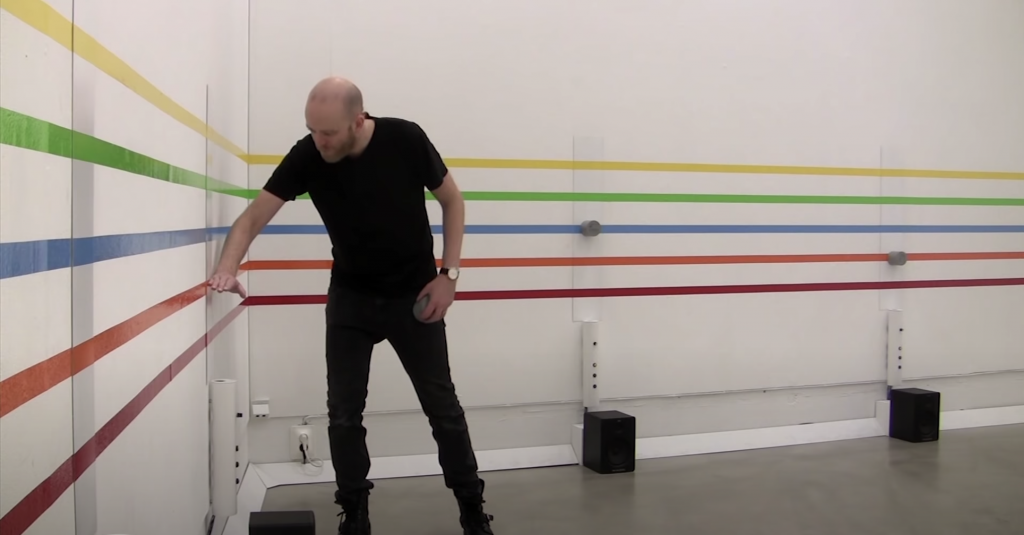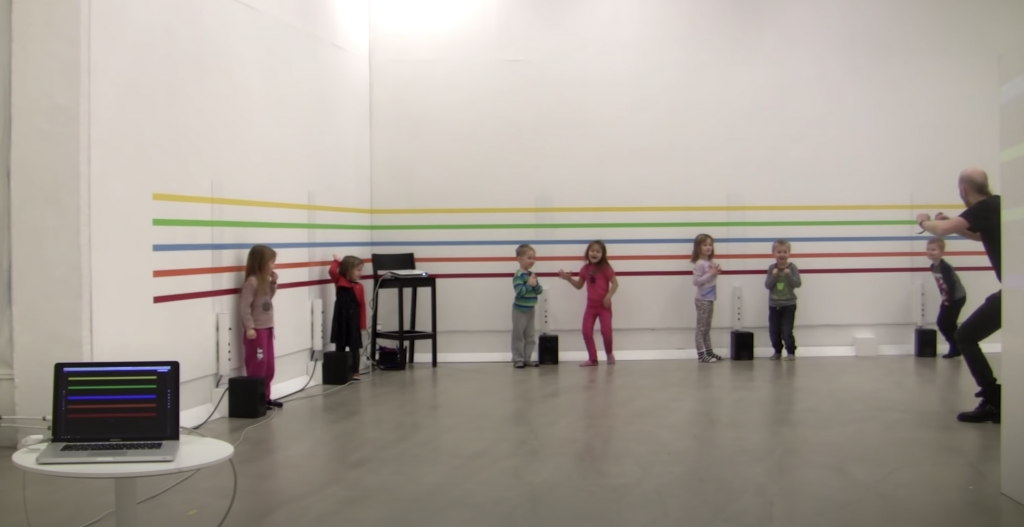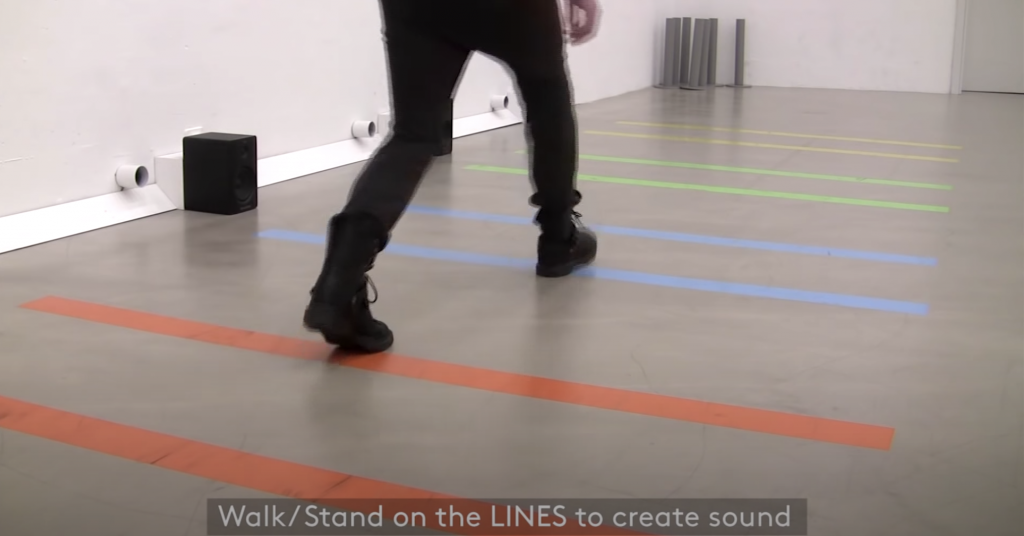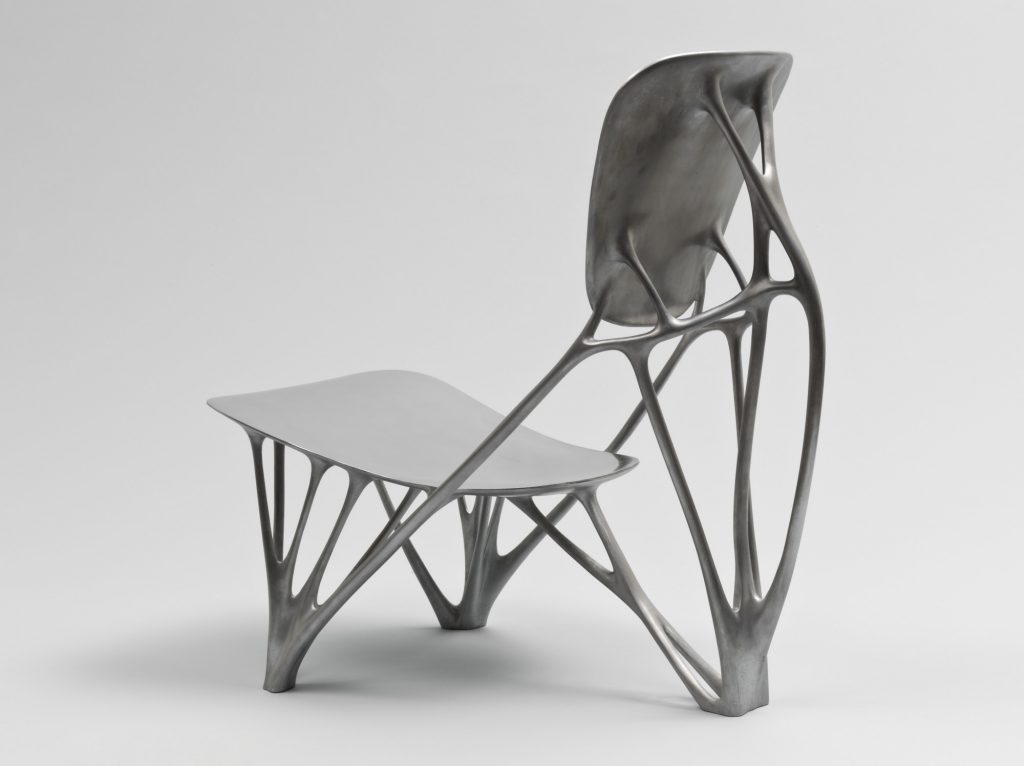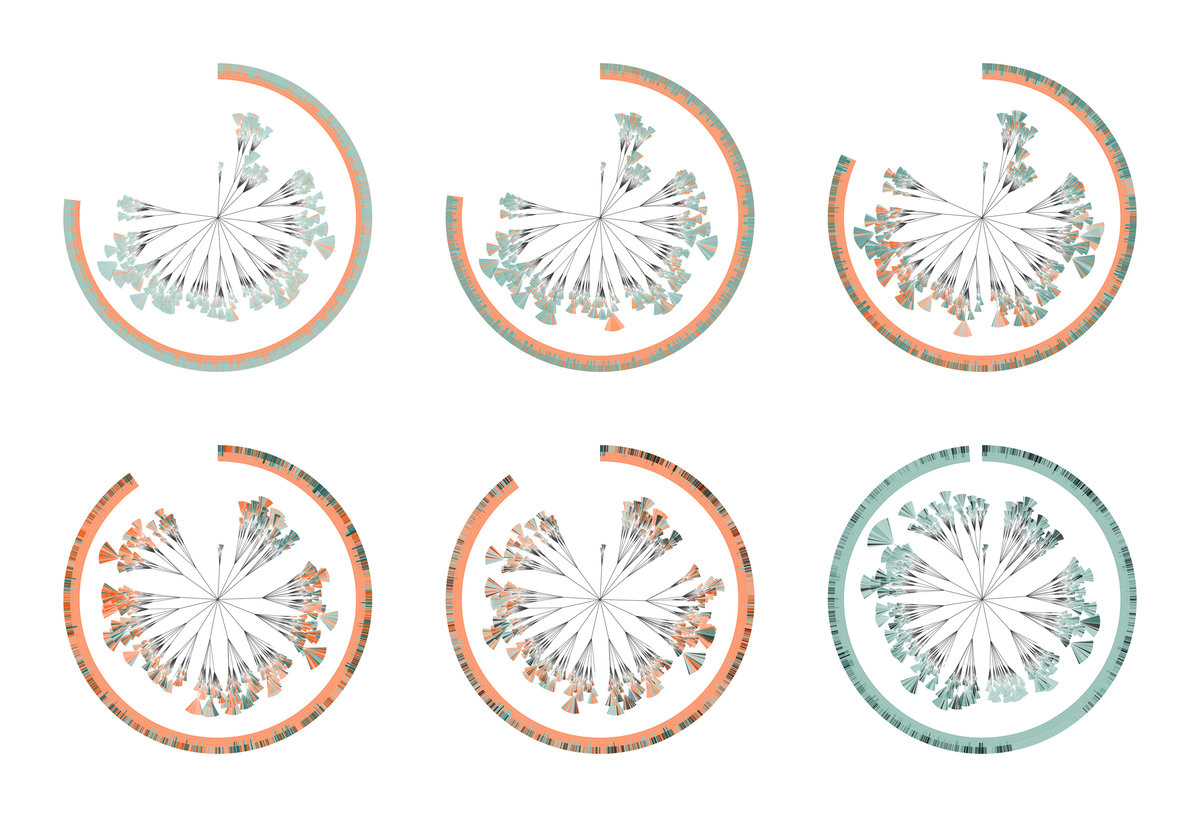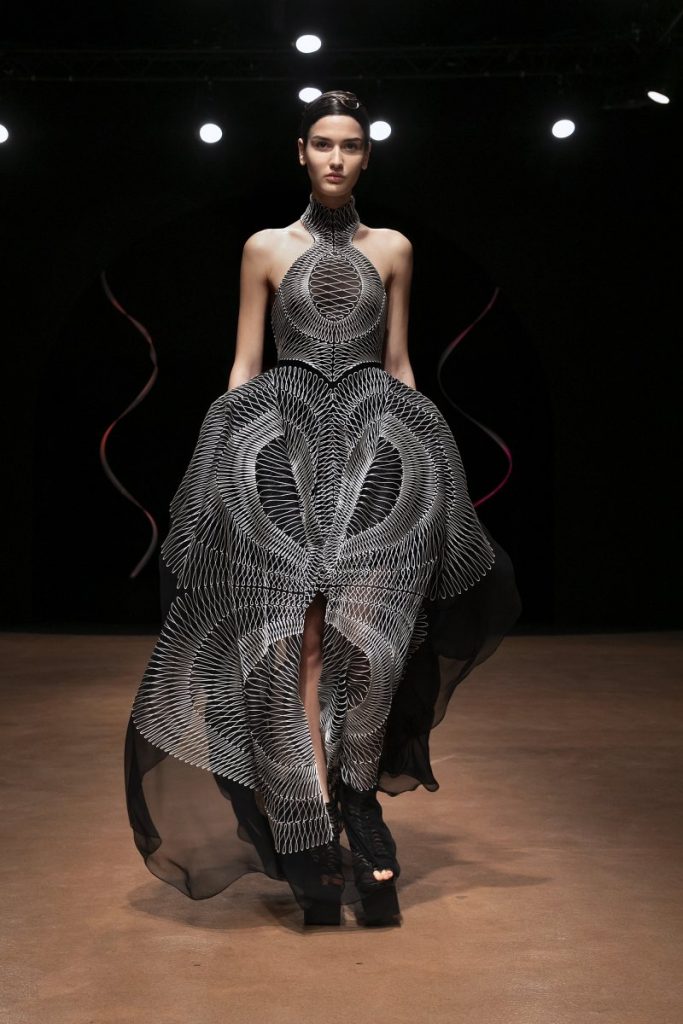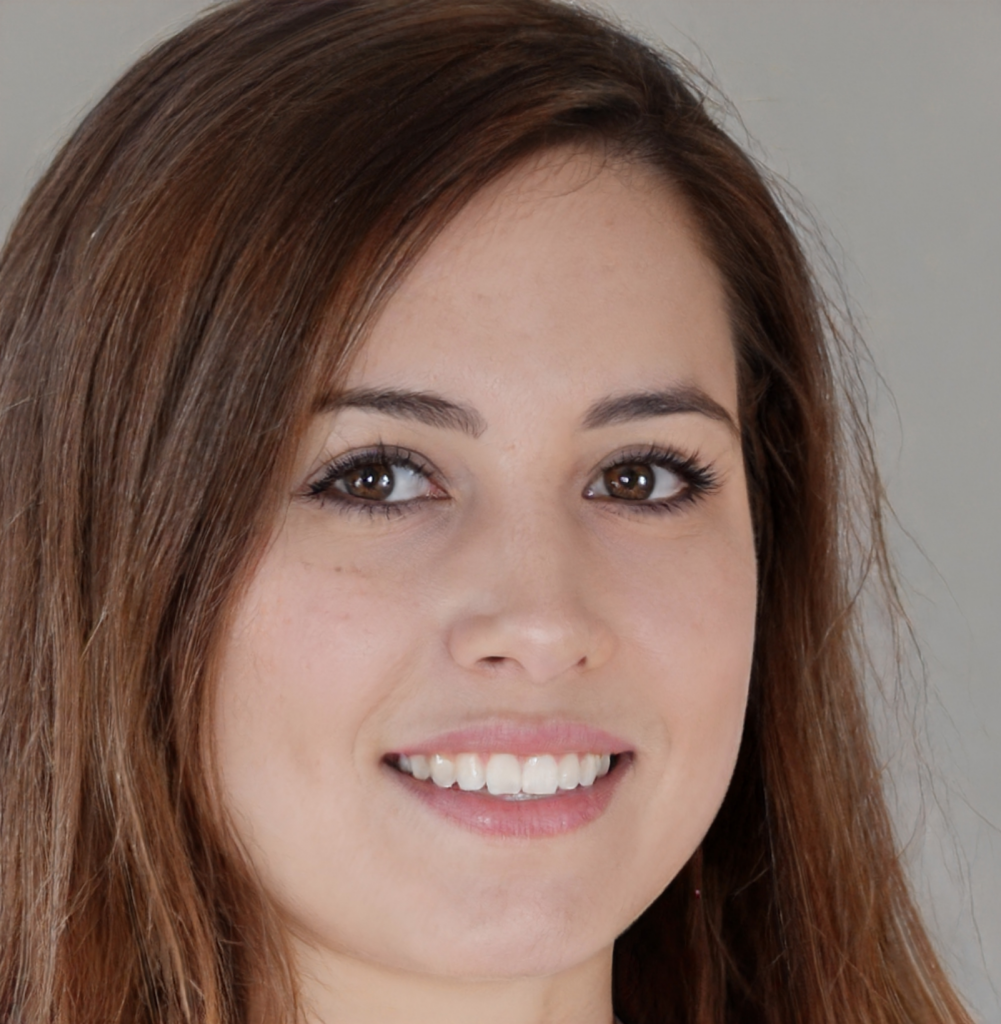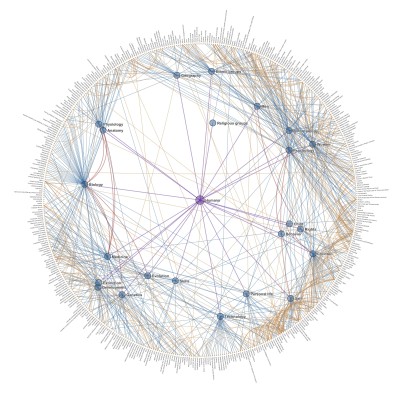
This week I am going to look at my good pal Jubbies’ blog post on Chris Harrison’s “Clusterball”. This data visualization uses the connections between different Wikipedia pages through a common denominator to create an almost woven ball of links. I too played many rounds of “Wikiracing” as a kid, so I can easily connect to Jubbies’ outlook on this project. I enjoy seeing the ways in which these structures of interconnections have been made and where these lines are drawn. While taking part in “Wikiracing” I never truly paused to think about what connects various words and articles (as my only care at that time was winning the game). I agree with Jubbies’ statement on how amazing it is to see how every word does its part to add to this organic system. I would be interested to see this directly applied to “wikiracing” and be able to give two wikipedia pages as inputs and see how you could navigate from one page to the other.
https://www.chrisharrison.net/index.php/Visualizations/ClusterBall
![[OLD FALL 2020] 15-104 • Introduction to Computing for Creative Practice](../../../../wp-content/uploads/2021/09/stop-banner.png)
